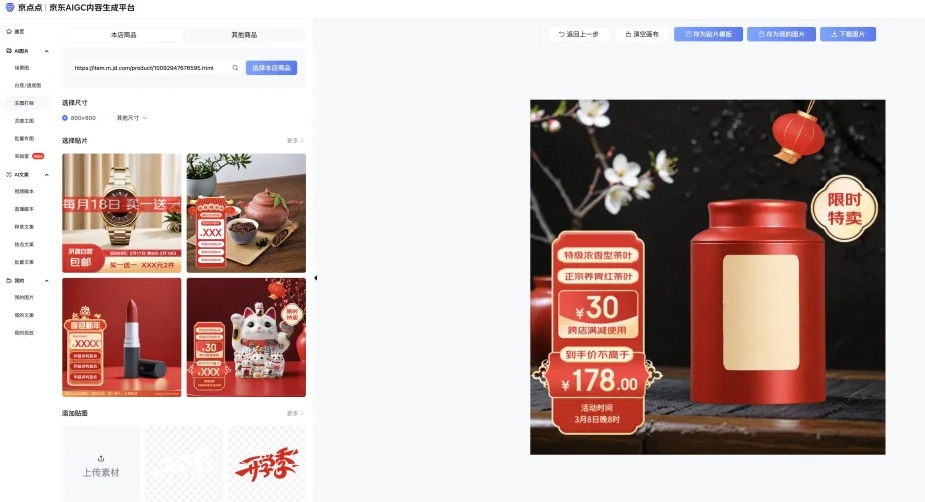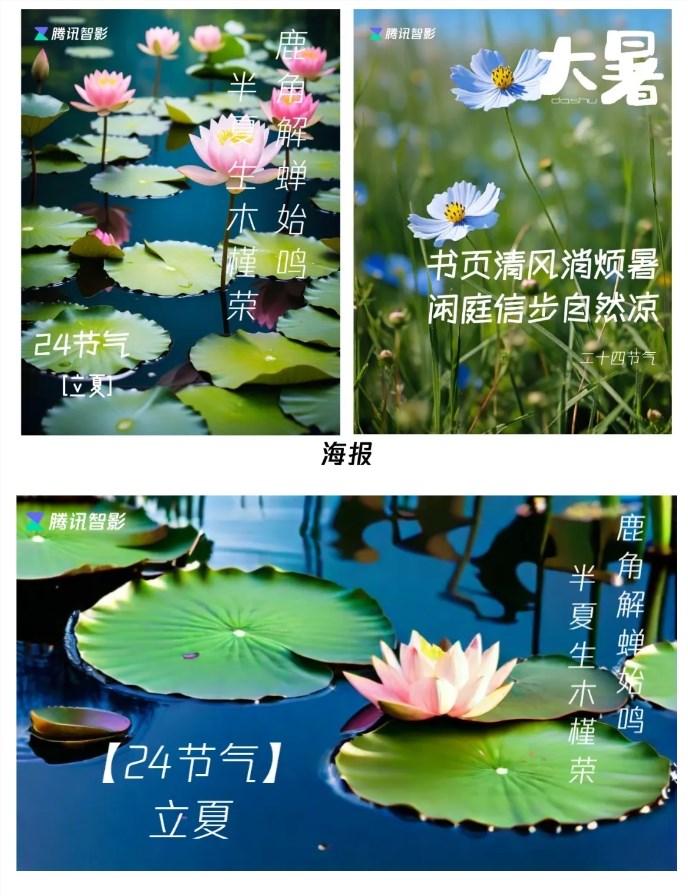It is common for many people to come across such graphics on the homepage of Xiaohongshu. The accompanying image is a simple hand-drawn illustration of a character or animal, paired with text that resonates with the audience. The data for such graphics is generally quite good, with many likes and collections.
Today, let's analyze how to create such accounts in detail.
Currently, the content of this type is mostly AI-generated illustrations and captions, characterized by relatively simple production methods and ease of gaining followers.
The production process is divided into three steps:
1. Finding benchmark accounts
Taking the account "A Little Roll" as an example, you can see that although the number of followers is less than 10,000, the data is quite stable with numerous likes and collections.
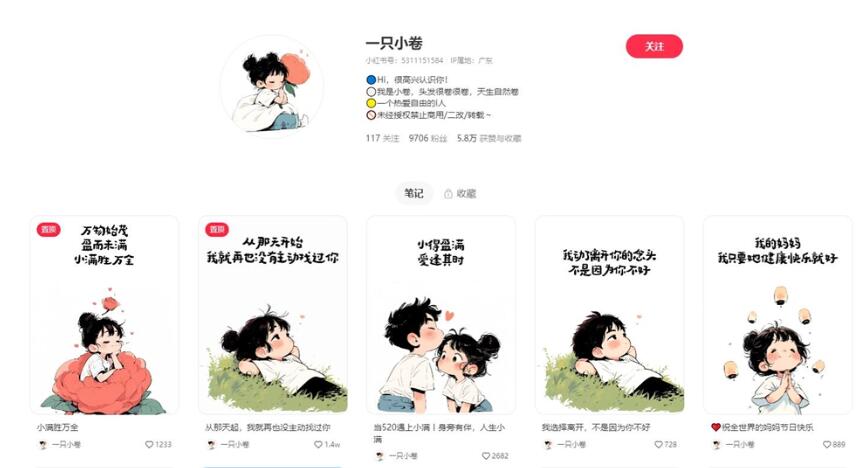
The most popular piece is "From that day on, I never actively looked for you again," which garnered 14,000 likes and 10,000 collections.
After finding such benchmark accounts, we can learn from their layout and popular tags.
By analyzing this account, we can see that the works are mostly simple in design, typically with a white background, a cartoon character at the bottom, and a large blank area at the top with text added using some personalized fonts.
Once these elements are determined, we can replicate the model and create similar accounts. The next step is to address the issue of captions.
2. Creating captions
For such accounts, the cover image is important, but the key is the captions. How to create captions that strongly resonate with users is crucial.
- Method one: Search for keywords on major short video platforms
For example, you can search for healing captions, clarity in life, or addiction to work on platforms like Douyin and Kuaishou, and find many works sharing classic captions. Choose works with many likes and comments and copy the captions.
- Method two: Have AI write for you
If you don't want to use the same captions as others, you can feed some of your favorite captions to AI and have it write similar captions in the same style.
3. Creating images
After determining the captions, you can create relevant images based on them. There are many AI illustration tools available, and you can choose the one you are comfortable with. Here, I use Midjourney as an example.
In the first step, we have determined the illustration style and main components of the image. Then, we can create a prompt template based on these elements, and only need to replace the main part according to the captions. Referring to similar works, we find that the images are mostly white background with a hand-drawn style, and the characters or animals are quite cartoonish and cute. These elements will become fixed words in our prompts, and you only need to modify the main subject.
For example, my image is a little girl holding a flower, so my prompt is as follows:
by Cy Twombly, doodle, Cartoon illustration, modern hand drawn illustration, Q-version character, a chubby and cute little girl with short black hair, squatting on the ground, On the side, she is wearing a black t-shirt and blue jeans. The girl is holding a red flower in her hand, focusing on the flower. The pure white background is clean, with a large area of white space above her head. The character only occupies half of the picture. The cute anime, soft lighting, focuses on the girl's face --ar3:4--niji6
Roughly translated into English:
Created by Cy Twombly, doodle, cartoon illustration, modern hand-drawn illustration, Q-version character, a chubby and cute little girl with short black hair, squatting on the ground, wearing a black t-shirt and blue jeans on the side. The girl is holding a red flower in her hand, focusing on the flower. The pure white background is clean, with a large area of white space above her head. The character occupies only half of the picture. Cute anime, soft lighting, focusing on the girl's face.
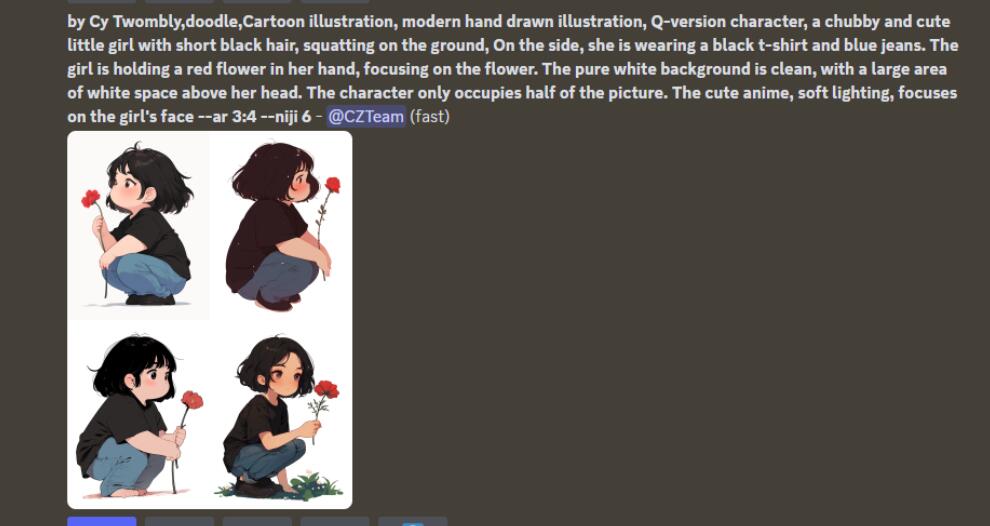
Note: Once you have a fixed style, you can continuously apply it. For example, for the above prompt, if I want to draw a little boy next time, I only need to change the main subject to a boy, change the clothing and scene, and keep the rest fixed. This can ensure that your Xiaohongshu page has works in the same style. The prompt words for the author's reference, illustration style, background, etc., can remain unchanged.
After generating the image with MJ, the effect is as shown above. I think the first one is good, so I choose it to enlarge, and the effect is as follows:
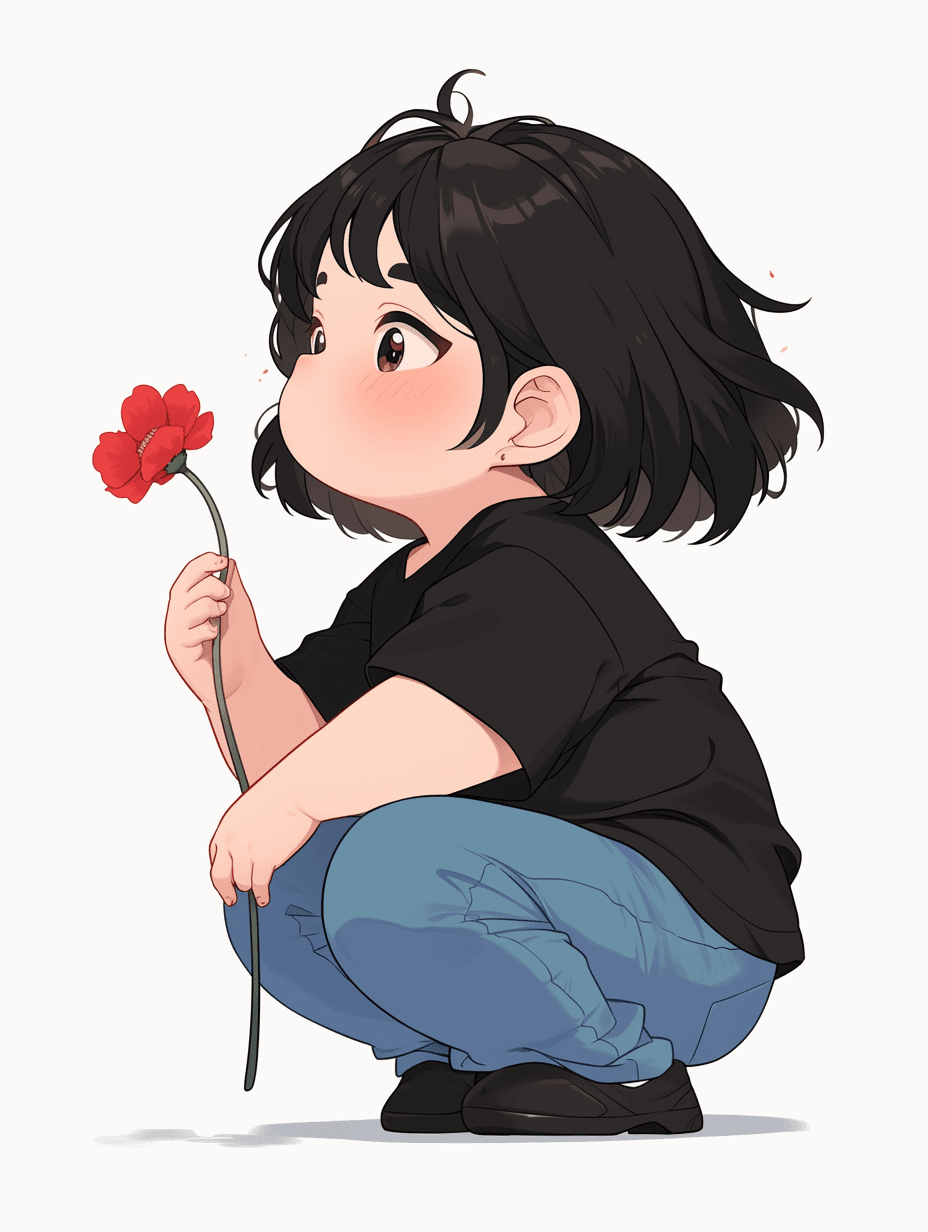
Since we still need to add text above, the blank space at the top of the image is obviously not enough. Here, you can use PS or an image expansion tool to leave space above for adding text.
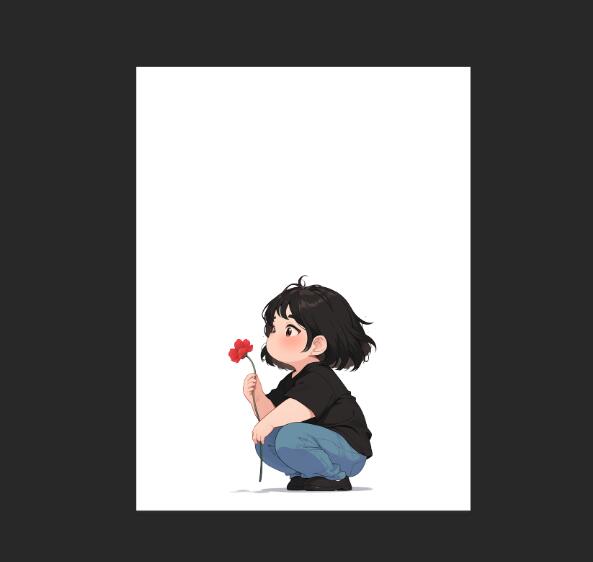
You can use PS, Meitu, or Xingtu to add text, depending on your preference. To emphasize the hand-drawn effect, you can download some cute hand-written fonts from free commercial font libraries. Here, I use the free commercial font "PF频凡胡涂体," which matches the hand-drawn style of my image.
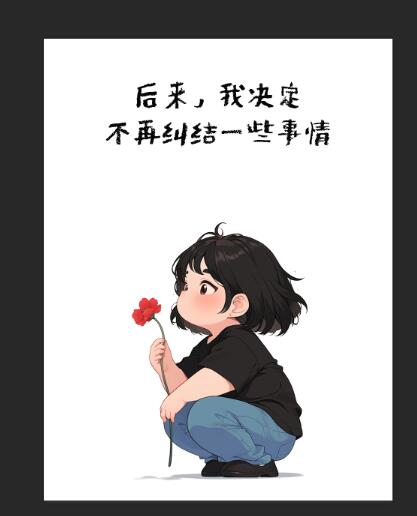
After completing the production, you only need to select the caption that resonates the most as the title from the multi-image captions, and you can refer to similar popular works for the tags.


